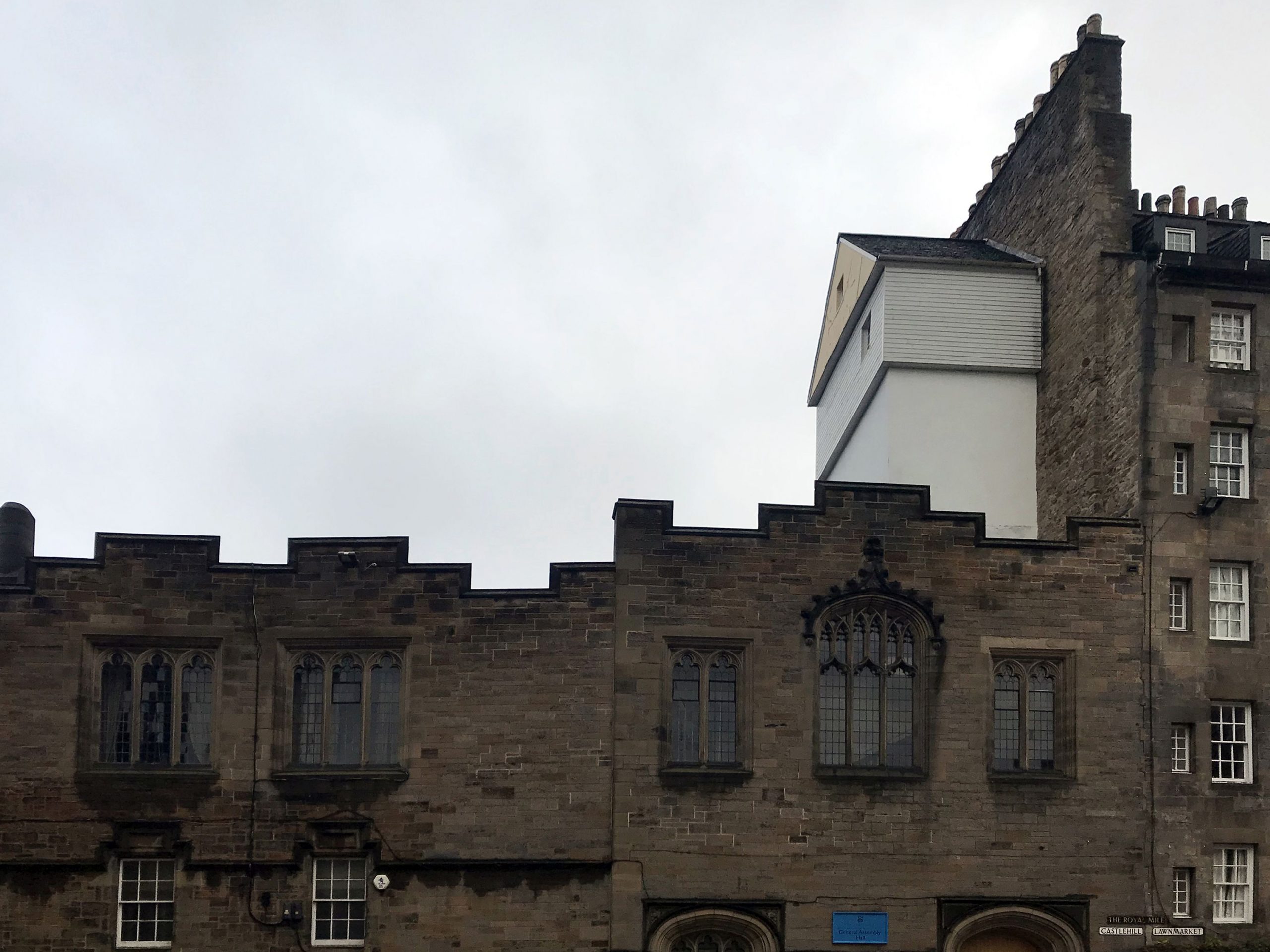Text: Mugur Grosu
What can be more comforting when you get lost than the landmark on the map telling you where you are: you are here. Maybe a simple sign that indicates a destination. No wonder that in 2014 MoMA acquired for its permanent collection a representation of the red tear-shaped symbol that the Danish designer Jens Eilstrup Rasmussen had created for Google Maps. Undoubtedly, the sign is an emblem of our day; the answer of our hunger for orientation in space. But, if you ask yourself, “Where are we going, sir”, like the character Ilie Moromete in Marin Preda’s novel “The Moromeți Family”m, eaning your disorientation is of another nature, for example existential, we still have no universal cure or symbol for it. Of course, culture helps, it constantly gives birth to jacks with which at least support, if you fail to orient yourself a little, the illusion or vanity of elevation. Otherwise, if we take the good XII century formula of Bernard de Chartres – that we are dwarves standing on the shoulders of giants – it means that the more we see, the smaller we are, and our existential disorientation increases inversely in proportion to the geographical one.
I was 16 when the 1989 Romanian Revolution caught me, so this change caught me exactly when I needed them the most. The great revolution, which was later called a coup, brought as many small revolutions as the human scale allows. My colleagues had one of our teachers fired, and I decided that I would spend my last years of school closed in the county library, especially devouring books in Section S, which had been banned. I became self-taught and, because I didn’t have much choice, I went along with those like me. There, in the library, I met the late writer Mircea Țuglea, with whom we would later establish the “consecrated” cultural group later with the formula “the group from Constanta”. In 1996, Țuglea received a Herder scholarship in Vienna, from where he used to come with huge piles of photocopies of free books and albums. Among them, an album of post-modern architecture, which had a dramatic black-and-white photograph opening with the following legend-sentence: „It is known exactly when modernism died – on March 16, 1972, at 3 pm, when demolition of the social blocks Pruitt – Igoe began”. An acclaimed project two decades before, the enthusiasm it caused was only outweighed by the euphoria of broadly televised demolition, just like our revolution.
 *Pruitt-Igoe, second demolition, april 1972 / source: U.S. Department of Housing and Urban Development
*Pruitt-Igoe, second demolition, april 1972 / source: U.S. Department of Housing and Urban Development
That sentence played the role of symbol “You are here” for us: therefore, we were born with postmodernism. But were we really postmoderns? Back when Mircea Țuglea brought from Vienna the stacks of photocopies, and Mircea Cărtărescu wrote his doctorate in literature with the thesis “Romanian Postmodernism”, in the West the death of postmodernism was already declared, we were already talking about post-postmodernism, and in our circles we were already talking, ironically – à la Constanța – about postmortem-ism. Our generation – named ‘’douămiistă’’- has brought only a rain of seasonal -isms: fracturism, utilitarianism and even post-dualism. Posterity is dead! I found myself declaiming, in order to synthesize the ridiculous acceleration of the obsession to change the paradigm shift, the feeling that permanence is only finitude. Of all these, we remained only with the prefix “post” in our throats, as a continuous hangover – postapocalyptic, posthumanism, and even post-truth: post-whatever the giants promised us.
Nothing sums it all up better than the weirdness recently seen in the old center of Edinburgh – listed as a UNESCO heritage site: on the Royal Mile, at the top of the building between Castlehill and Lawnmarket, sits a house from a completely different movie, an obviously recent extension, a dwarf on the shoulders of some giants, scrutinizing without emotion and complex the surroundings and the huge castle nearby. “You are here,” it seemed to tell me. “Okay, I understand, but where are we going, sir?”


